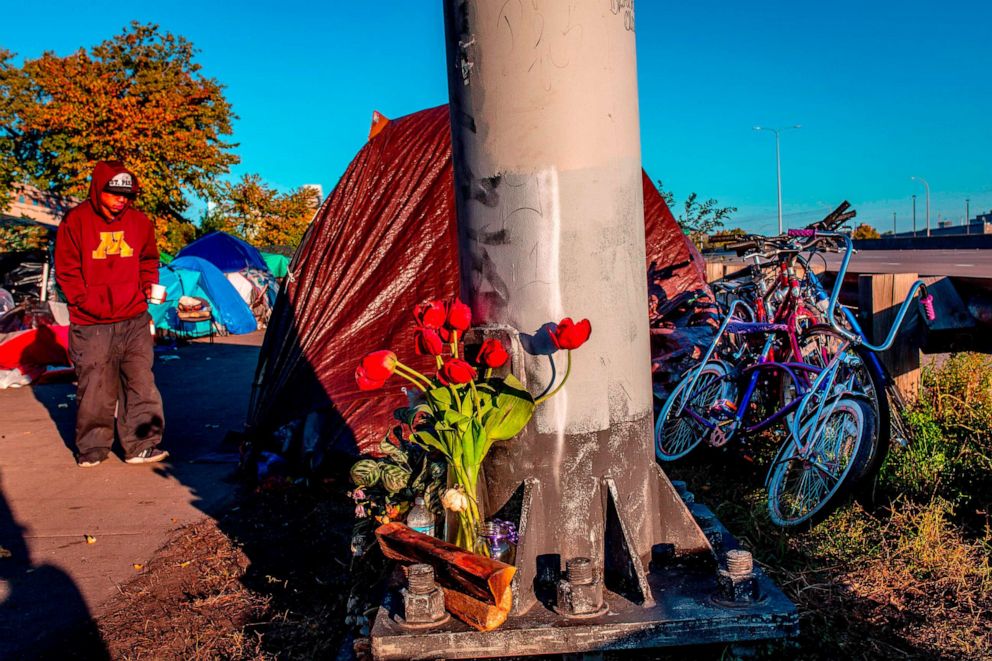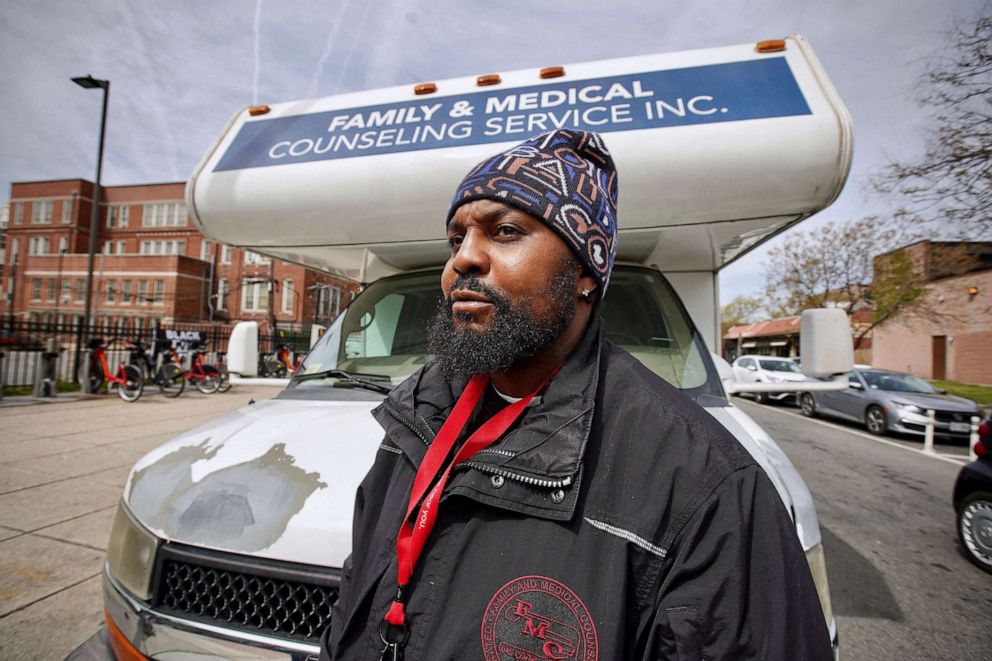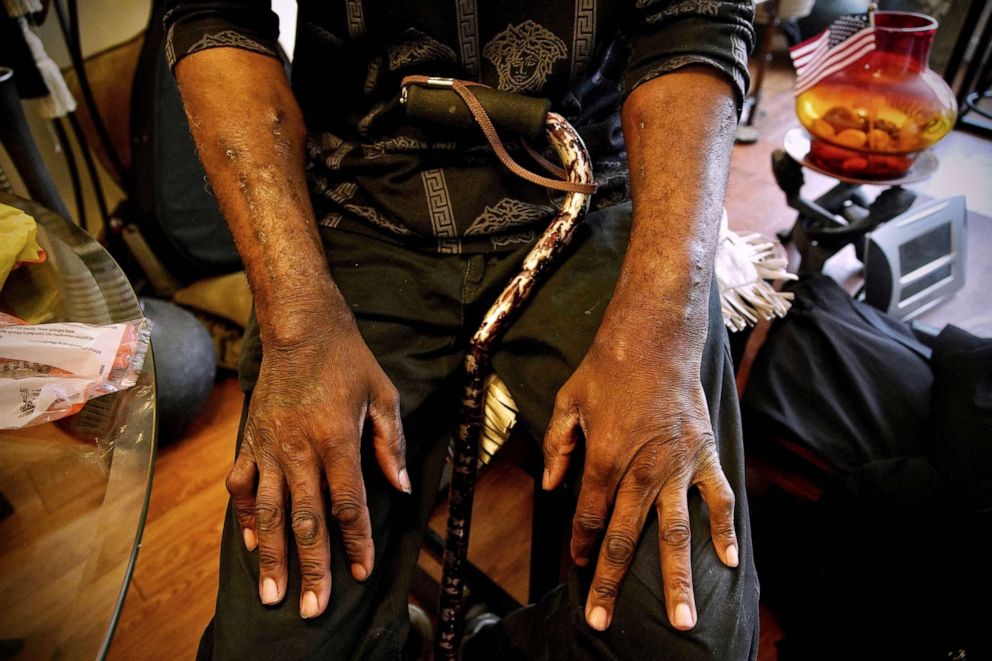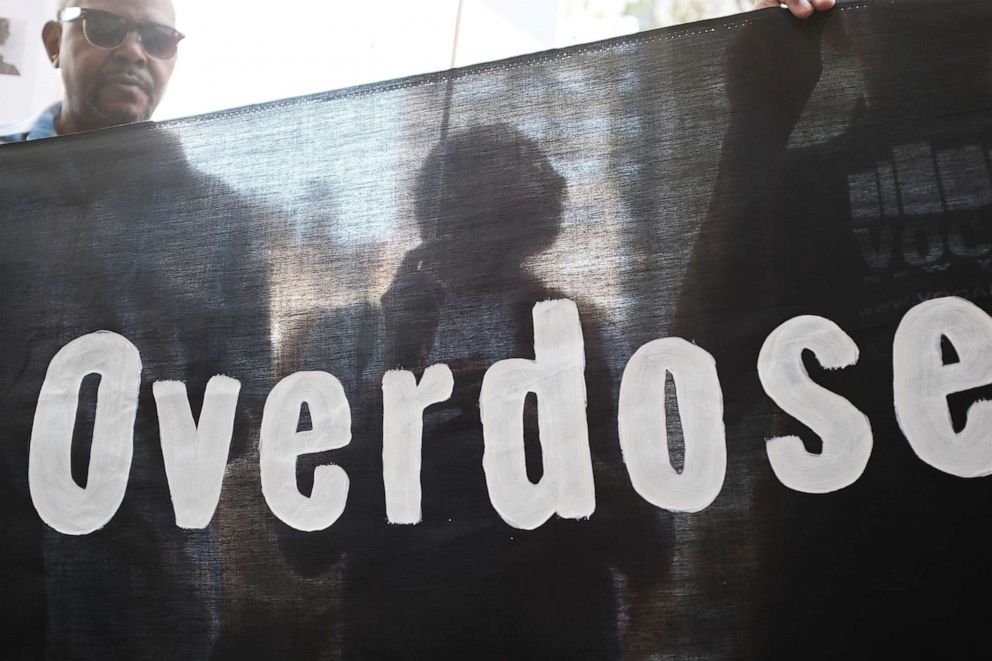CDC finds significant increase of opioid overdoses among minority groups
There was a 30% increase in overdoes from 2019 to 2020.
A new report from the Centers for Disease Control and Prevention has found a significant increase in opioid overdose death rates among Black and American Indian/Alaskan Natives people in the US.
Experts from the CDC said that a lack of education about lethal drugs, as well as limited access to treatment and treatment biases have exacerbated racial and ethnic disparities in drug overdoses.
The latest report found 91,799 recorded opioid overdoses in 2020, which was a 30% increase from 2019.
According to the report, Black Americans saw a 44% increase and American Indian/Alaskan Natives had a 39% increase from 2019 to 2020.

Comparatively, white Americans saw an increase of 22% from 2019 to 2020.
The largest increase was seen among Black individuals aged 15 to 24, whose overdose death rates jumped 86% from 2019 to 2020.

For Black males aged 65 years and older, overdoses were nearly seven times that of non-Hispanic white males aged 65 years and older.
For American Indian/Alaskan Native women aged 25 to 44, overdose death rates were nearly twice of white women in the same age group, the CDC said.
Debra E. Houry, acting principal deputy director of the CDC, said in a Tuesday press conference that the disproportionate increase in overdose death rates within these two groups may be contributed to health inequities, such as unequal access to substance abuse treatment and treatment biases.
The report found that drug overdose death rates increased with higher county-level income inequality, particularly among Black people.

The CDC data showed the rate of overdose deaths to be more than twice as high in areas with the highest income inequality than in areas with the lowest income inequality.
According to the report, increased stigmatization, criminalization and lack of access to evidence-based treatments among minorities with substance use disorder have been “well-documented.”

Houry said by addressing systemic factors, such as a lack of awareness of lethal drugs and the limited access to treatment, recovery services and harm reduction actions that are “known to work,” could help end disparities in drug overdose deaths across the country.
“Health disparities can be prevented and all of society benefits,” Houry said at Tuesday’s conference.